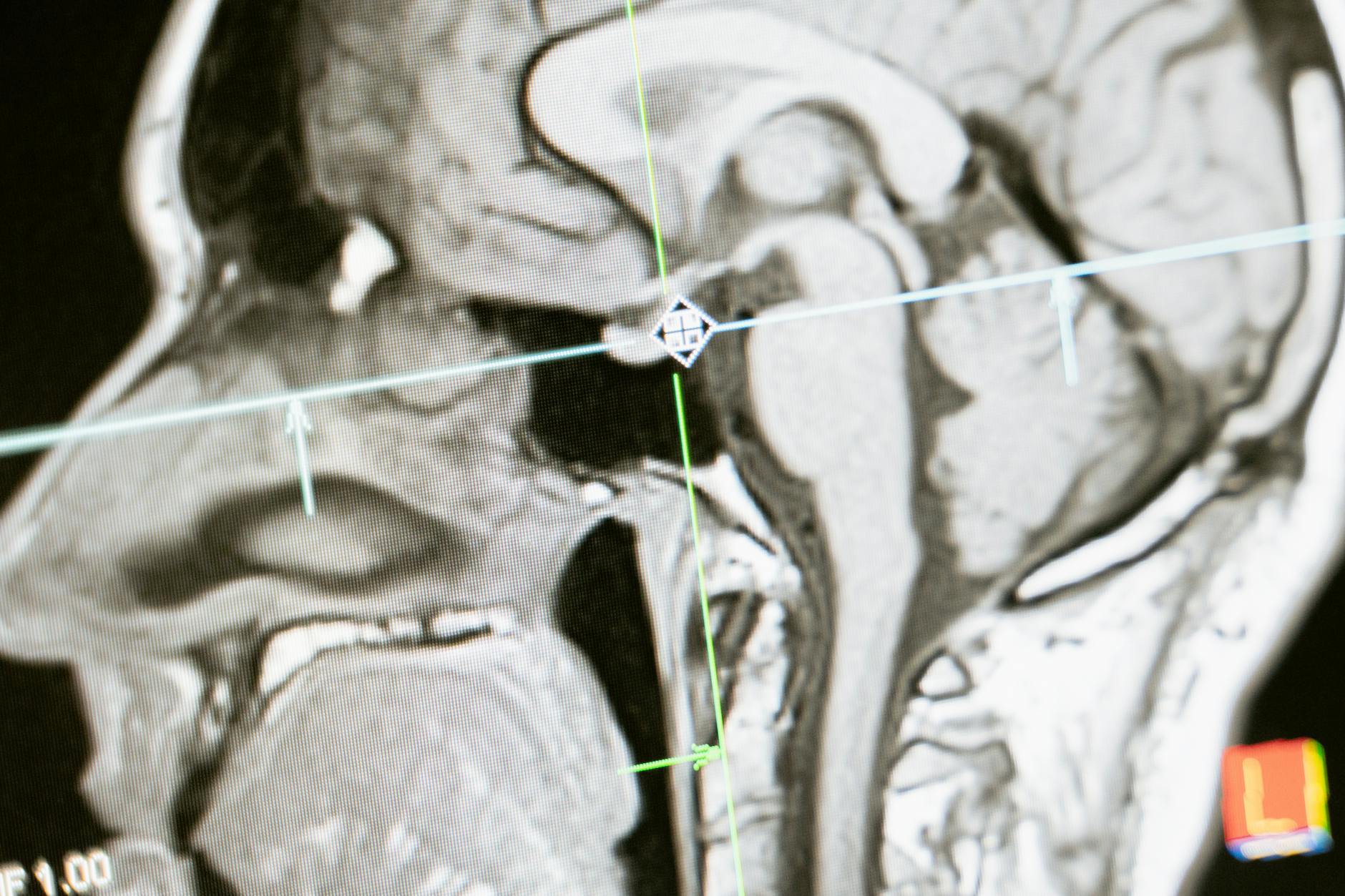
Radiology Tech: The Ultimate Guide to Starting (and Thriving) in This Rewarding Career
Picture this: You’re in a dimly lit room, surrounded by high-tech equipment, and a nervous patient looks to you for reassurance. With a few taps on the console, you capture an image that could change their life. That’s the daily reality of a radiology tech—a career that blends cutting-edge technology with genuine human connection. If you’ve ever wondered what it takes to thrive in this field (or if it’s right for you), you’re in the right place.
What Does a Radiology Tech Actually Do?
At its core, a radiology tech (or radiologic technologist) is the unsung hero of medical imaging. They operate X-ray, CT, MRI, and other machines to help doctors diagnose everything from broken bones to tumors. But there’s so much more to the job than pushing buttons.
A Day in the Life
- Patient Interaction: You’ll calm anxious patients, explain procedures, and position them correctly.
- Technical Precision: Adjusting equipment settings to get the clearest images possible.
- Safety First: Shielding patients from unnecessary radiation exposure.
- Team Collaboration: Working closely with radiologists and nurses.
I’ll never forget my first solo X-ray of a toddler with a suspected wrist fracture. The kid was terrified, but a silly dinosaur sticker and a calm voice turned tears into giggles. That’s when I realized this job is equal parts tech wizardry and emotional intelligence.
How to Become a Radiology Tech: The Step-by-Step Breakdown
Thinking about joining the ranks? Here’s the roadmap:
1. Education
Most programs are 2-year associate degrees, though 4-year bachelor’s options exist. Look for programs accredited by JRCERT (Joint Review Committee on Education in Radiologic Technology).
2. Certification
After graduating, you’ll need to pass the ARRT (American Registry of Radiologic Technologists) exam. Pro tip: Start studying the ARRT content specifications early—they’re your bible.
3. State Licensure
Most states require licensure beyond ARRT certification. Check your state’s health department website for specifics.
4. Specialization (Optional but Lucrative)
After gaining experience, many techs specialize in areas like MRI, CT, or mammography. These certs can bump your salary by 15-20%.
Radiology Tech Salaries: What Can You Really Earn?
Let’s talk numbers. According to the BLS (2023 data), the median pay is $67,180 annually. But location, experience, and specialization massively impact earnings. Here’s a quick comparison:
| Experience Level | General X-Ray Tech | MRI Specialist | Travel Tech |
|---|---|---|---|
| Entry-Level (0-2 yrs) | $52,000 | $60,000 | $70,000+ |
| Mid-Career (5-10 yrs) | $65,000 | $75,000 | $90,000+ |
| Late-Career (15+ yrs) | $78,000 | $85,000 | $110,000+ |
Fun fact: Travel radiology techs can earn six figures by hopping between short-term contracts. The catch? You’ll live out of a suitcase and need adaptability superpowers.
2025 Trends Every Radiology Tech Should Watch
The field is evolving fast. Here’s what’s coming down the pipeline:
AI-Assisted Diagnostics
AI won’t replace radiology techs, but techs who use AI will replace those who don’t. Tools like Aidoc and Zebra Medical Vision are already flagging abnormalities in real-time.
Portable Imaging
With handheld ultrasound devices and mobile X-ray units, expect more imaging at the bedside (or even in patients’ homes).
3D Printing Integration
Surgeons increasingly use 3D-printed models from CT/MRI scans for pre-op planning. Techs skilled in segmentation software will be in demand.
Burnout Countermeasures
After COVID, hospitals are finally addressing tech burnout with better staffing ratios and mental health resources. About time!
The Good, The Bad, and The Funny: Real Talk About the Job
No sugarcoating here—let’s balance the scales.
Pros
- Job security (BLS projects 6% growth through 2032)
- Variety (no two days are identical)
- Direct patient impact (you’re often the first to spot life-threatening issues)
Cons
- Physical strain (repositioning heavy patients is a workout)
- Emotional toll (especially in trauma centers)
- Odd hours (hospitals never close)
And now for some levity: Once, a patient asked if our MRI could also microwave their lunch. I deadpanned, “Only if you want your burrito ionized.” (Note: Don’t actually joke about this with patients—safety first!)
FAQs: Your Burning Questions Answered
Is radiology tech school harder than nursing school?
Apples and oranges. Radiology programs are shorter but intensely focused on physics and anatomy. Nursing covers broader clinical skills. Both are challenging in different ways.
Do I need to be good at math?
Basic algebra for dose calculations? Yes. Advanced calculus? No. If you can balance a checkbook, you’ll survive.
Will robots take our jobs?
Not likely. Machines can’t comfort a claustrophobic MRI patient or creatively position a trauma victim. Techs who embrace AI as a tool will thrive.
How’s the work-life balance?
It varies. Outpatient clinics offer predictable hours, while hospitals need 24/7 coverage. Many techs love the flexibility of per-diem or travel roles.
Final Thoughts: Is This Career Right for You?
Being a radiology tech isn’t just a job—it’s a calling for those who love technology but crave human connection. If you’re detail-oriented, emotionally resilient, and get a thrill from solving medical mysteries, this field might be your perfect fit.
Ready to take the next step? Research accredited programs in your area, shadow a tech if possible, and trust your gut. The healthcare world needs more passionate professionals like you.
Got questions I didn’t cover? Drop them in the comments below—I read every one!
Related: Neuralink 2025 trials
Related: Esports prize pools 2025
Also read: Google
Also read: HubSpot



Pingback: computer programming - previewkart.com